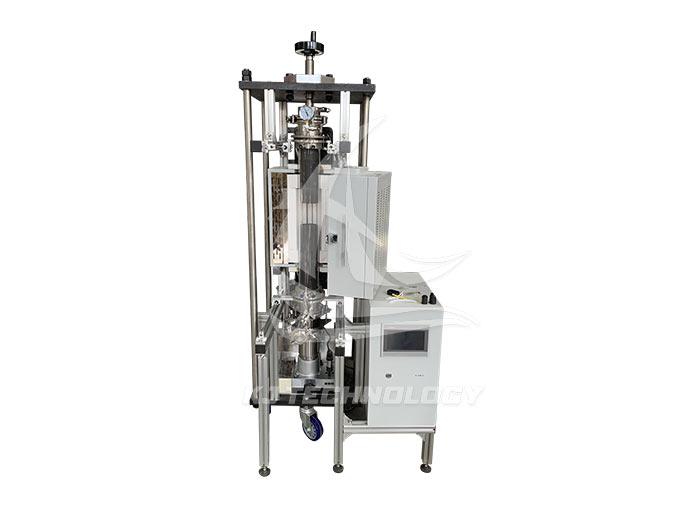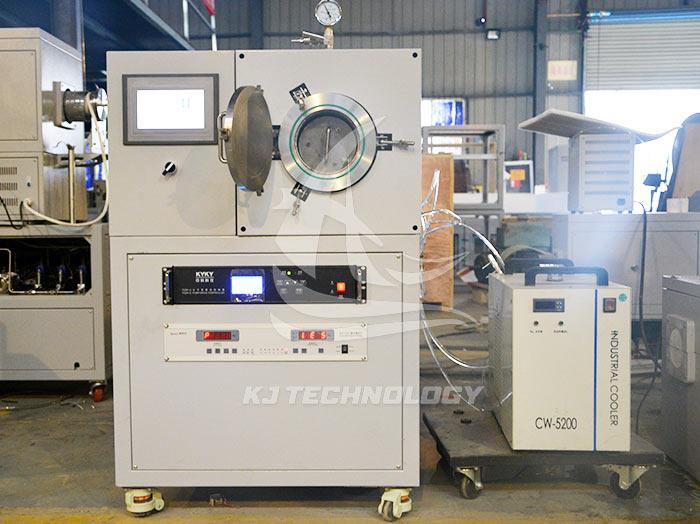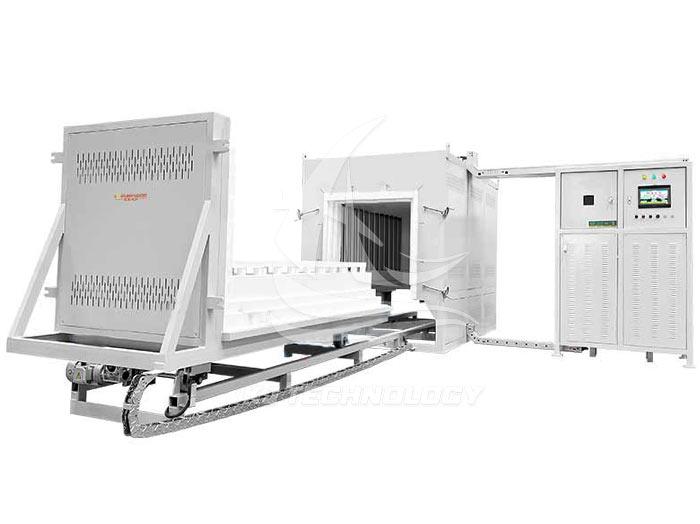Can large-sized furnace vacuum heat treatment furnaces be annealed?
 09-29-2025 Author: KJ technology
09-29-2025 Author: KJ technology
Large scale furnace vacuum heat treatment furnaces can be fully used for annealing processes and have significant advantages in processing large-sized or batch workpieces. The following is a specific analysis:
1. Technical feasibility of vacuum annealing
Compatibility of Annealing Principle
The core of annealing is to adjust the internal structure of the material through heating, insulation, and cooling operations (such as grain refinement and residual stress elimination). The vacuum environment only changes the medium for heating and cooling (from air to vacuum), but does not affect the basic principle of annealing. Whether it is complete annealing, spheroidization annealing, or stress relief annealing, they can all be achieved in a vacuum furnace.
Advantages of Vacuum Environment
Avoid oxidation and decarburization: Without oxygen participating in the reaction under vacuum, no oxidation or decarburization layer will form on the surface of the workpiece, especially suitable for materials with high surface quality requirements (such as stainless steel and bearing steel).
Uniformity improvement: The large-sized furnace combined with zone temperature control technology can ensure temperature uniformity inside the furnace (within ± 5 ℃), avoiding uneven annealing structure caused by local overheating or underheating.
Process stability: The vacuum environment eliminates air convection and impurity interference, making the annealing process more controllable and highly repeatable.
2. Adaptability of large-sized furnaces
Ability to handle large workpieces
Large furnaces (such as those with a diameter of 2 meters or more and a height of 3 meters or more) can directly accommodate oversized workpieces such as aircraft engine blades, large molds, and wind turbine spindles, without the need for cutting or batch processing, reducing process costs and time.
Batch processing efficiency
When the furnace volume is large, multiple small and medium-sized workpieces (such as automotive gears and bearing rings) can be loaded simultaneously. Through reasonable placement and process optimization, batch annealing can be achieved to improve production efficiency.
Loading and fixing design
Large furnaces are usually equipped with specialized fixtures (such as multi-layer material racks and rotating tables) to ensure the stability of the workpiece position during annealing and avoid deformation caused by gravity or thermal expansion.
3. Application case of typical annealing process
Fully annealed
Applicable materials: medium high carbon steel (such as 45 # steel), alloy steel (such as Cr12MoV).
Process parameters: Heat to 30-50 ℃ above Ac ∝, hold for 2-4 hours, then cool in the furnace to below 600 ℃ and remove from the furnace.
Effect: Eliminate internal stress during forging or casting, refine grain size, and improve cutting performance.
Advantages: No oxide skin under vacuum, the surface of the workpiece can be directly used for subsequent processing after annealing.
spheroidizing annealing
Applicable materials: high carbon steel (such as T10A), tool steel (such as W18Cr4V).
Process parameters: Heat to 20-30 ℃ above Ac ₁, keep warm, and slowly cool to below Ar ₁ to form spherical carbides.
Effect: Reduce hardness, improve cutting performance and wear resistance of cutting tools or molds.
Advantages: Vacuum environment avoids carbide oxidation, resulting in a more uniform spheroidized structure.
stress relief annealing
Applicable materials: welded parts, cold worked parts, large castings.
Process parameters: Heat to 500-650 ℃, hold for 4-6 hours, and then air cool.
Effect: Eliminate residual stress, prevent stress corrosion cracking or deformation.
Advantages: There is no risk of hydrogen embrittlement under vacuum, especially suitable for sensitive materials such as titanium alloys and stainless steel.
4. Comparison with conventional annealing equipment
Surface quality: No oxidation or decarburization, smooth surface, requiring subsequent polishing or acid washing
Workpiece size: Can handle ultra large or batch workpieces, limited by furnace size, requiring batch processing
Temperature uniformity: within ± 5 ℃ (zone temperature control), above ± 15 ℃ (air convection interference)
Energy consumption: high-efficiency insulation materials, waste heat recovery, low energy consumption, large heat loss, high energy consumption
Environmental friendliness: No exhaust gas or wastewater discharge, requiring treatment of pollutants such as oxide skin and salt spray
5. Application scenarios and economic benefits
High end manufacturing field
Aerospace: Stress relief annealing of engine blades and turbine discs to avoid crack propagation during high-temperature service.
Energy: Complete annealing of wind turbine spindles and nuclear power valves to improve material toughness.
Mold: Spheroidization annealing of large die-casting molds and plastic molds to extend their service life.
cost saving
Reduce the cost of subsequent processing (such as polishing and pickling) and improve material utilization.
Reduce the scrap rate (such as surface defects caused by oxidation) and improve the product qualification rate.
Conclusion
The large-sized furnace vacuum heat treatment furnace not only has the technical feasibility of annealing process, but also significantly improves annealing quality, efficiency and economic benefits through vacuum environment, large-sized processing capacity and high-precision control. For high-end manufacturing, mass production, or processing of oversized workpieces, it is an ideal choice to replace conventional equipment.








